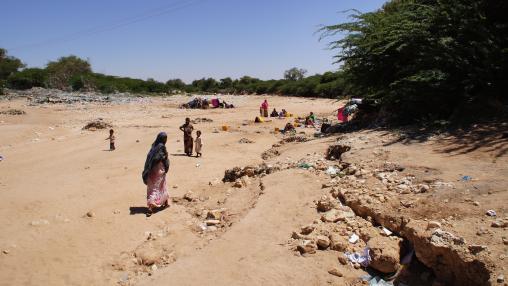
Famine Risk in Somalia Grows
Urgent international aid is needed in Somalia to avert famine and widespread starvation, according to a new alert issued last week by FEWS Net. While humanitarian aid increased throughout this fall and has so far prevented IPC Phase 5 (Famine)-level food insecurity from being reached, experts warn that the southern and central areas of the country will likely reach such acute levels in April-June 2023.
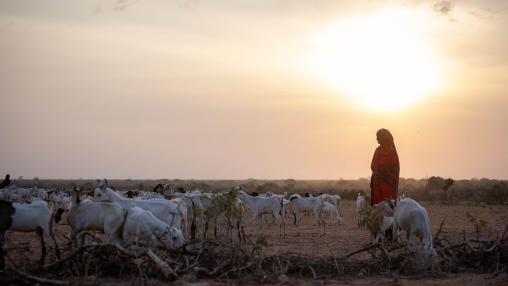
Hunger Levels Continue on the Rise: 2022 Global Hunger Index Released
Over the past two years, the impacts of ongoing regional conflicts, climate change, the COVID-19 pandemic, and the Russian-Ukraine war have drastically weakened the world’s already inadequate, unsustainable food systems. This confluence of factors has induced in supply chain disruptions and high and volatile prices for food, fertilizer, and fuel, and the result has been the third global food crisis in less than two decades.
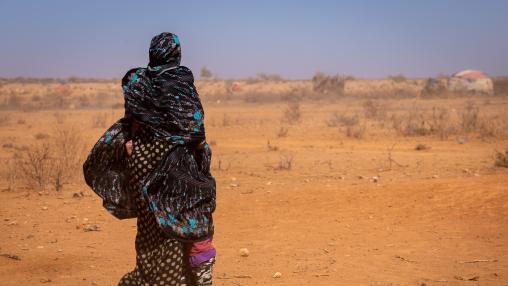
Urgent Aid Needed in Horn of Africa As Famine Threat Grows
The Horn of Africa is facing a fifth consecutive season of severe drought, with extreme dry conditions expected to extend through May 2023, according to a new alert released by FEWS Net. The situation has significantly increased the likelihood of famine in the region, and global action is needed urgently to address the growing humanitarian crisis.
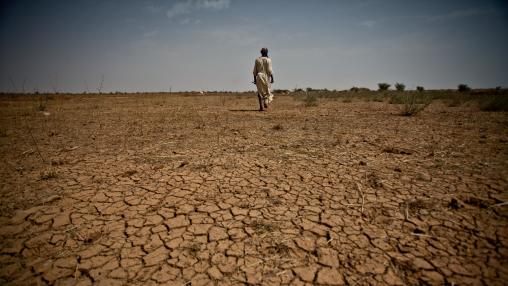
More than 205 Million People Facing Acute Food Insecurity: GRFC Mid Year Update Released
For the fourth consecutive year, global acute food insecurity rose in 2022. As many as 205.1 million people across 45 countries and territories are in IPC Phase 3 (Crisis) or higher food insecurity as of September 2022, according to the Global Report on Food Crisis Mid-Year Update. That represents an increase of 29.5 million people from 2021.
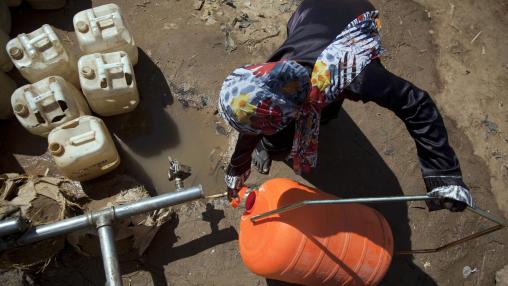
Global Food Insecurity Hits All-Time High: 2022 Global Report on Food Crises Released
In many places around the world, hunger is worse than ever before.
That’s the message of the 2022 Global Report on Food Crises (GRFC), released this week. The report paints a grim picture of global food security. Almost 193 million people across 53 countries/territories were acutely food insecure in 2021, up nearly 40 million people from 2020. This number represents a new record and is only expected to worsen throughout 2022.
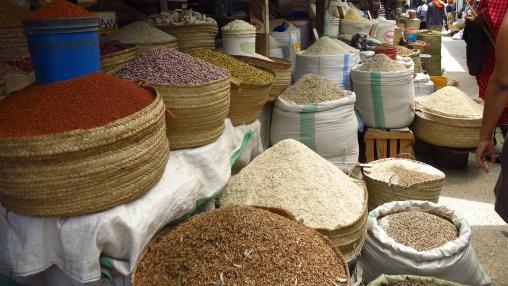
Agricultural Trade during COVID-19: Trends in Africa South of the Sahara
Prevalence of hunger and food insecurity have been on the rise in Africa south of the Sahara (SSA) in recent years after a long period of decline. In 2020, an estimated one in five people in the region faced hunger, more than double the proportion of any other region worldwide. The period 2019-2020 in SSA saw the strongest increase in annual undernourishment ever recorded. In 2020, estimated prevalence of undernourishment ranged from 10.1 percent in southern Africa to 31.8 percent in Central Africa.
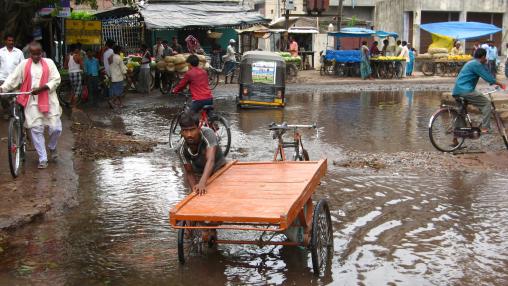
The world is not on track to end hunger: 2021 SOFI report released
Our window of opportunity for achieving SDG 2 — eradicating hunger and malnutrition and ensuring access to safe, nutritious, and sufficient food for all by 2030 — is closing rapidly. However, far from moving closer to that goal, the world has seen a resurgence of hunger and food insecurity.

Latest FEWS Net Alerts Report Food Crises in Several Countries
Several African countries are currently experiencing acute or worsening food insecurity, according to FEWS Net.

Acute Food Insecurity Spreads Across Africa: 2021 Global Report on Food Crises
The number of people around the world facing severe food insecurity skyrocketed by 20 million in 2020, according to the 2021 Global Report on Food Crises, released earlier this month. Acute food insecurity now affects at least 155 million people across 55 countries/territories, with some regions facing famine-level hunger.
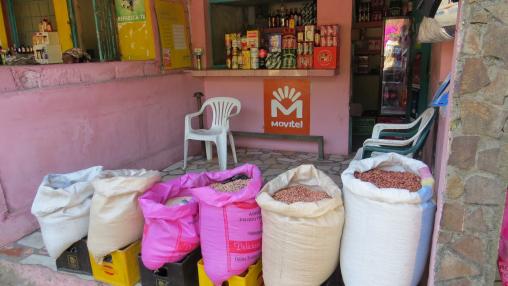
Acute Food Insecurity Rising: 2020 GRFC Mid-Year Update
By: Sara Gustafson
In 2019, as many as 135 million people across 55 countries required urgent food, nutrition, and livelihood assistance, according to the 2020 Global Report on Food Crises . This was the highest global number of acutely food-insecure people on record. The GRFC’s mid-year update , released in early October, takes a look at recent data for 26 of those countries (plus Togo) and specifically examines the impacts of the COVID-19 pandemic.